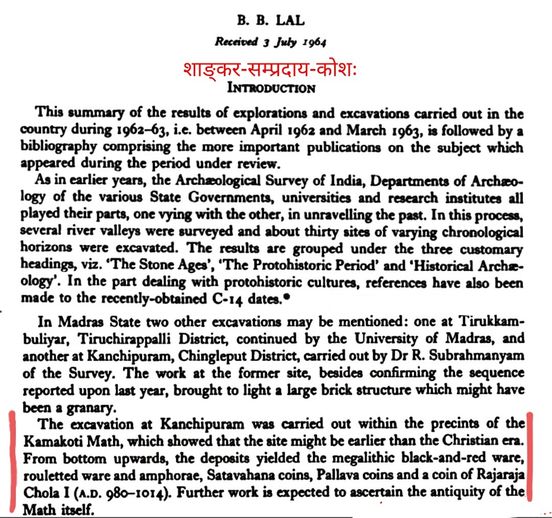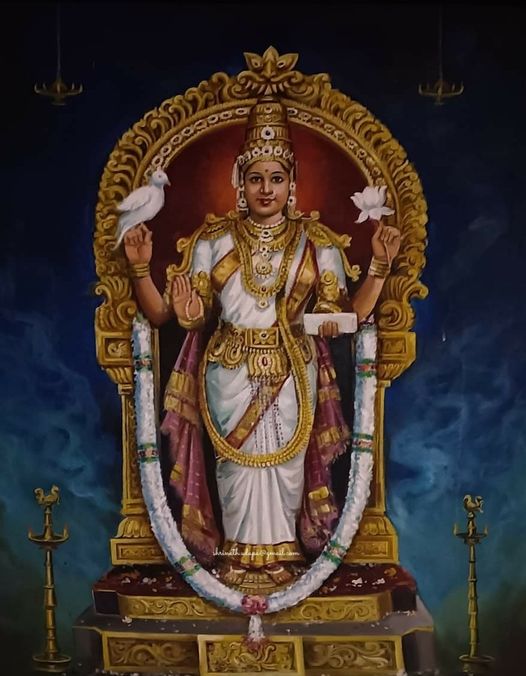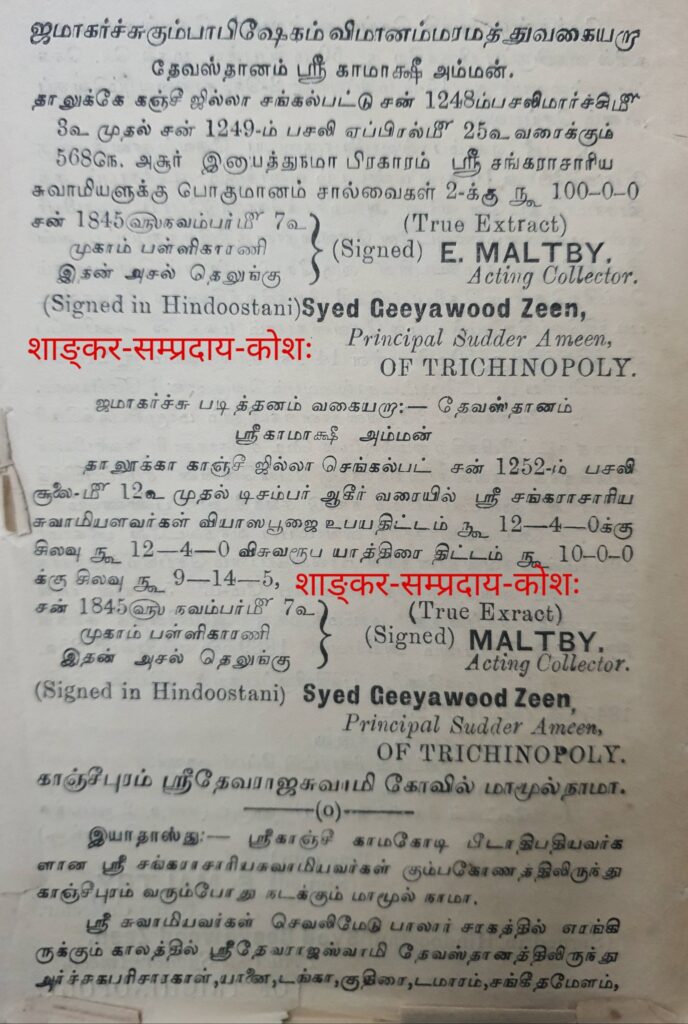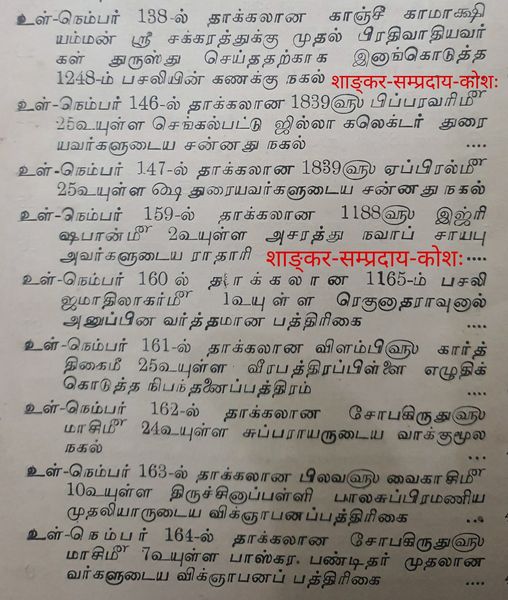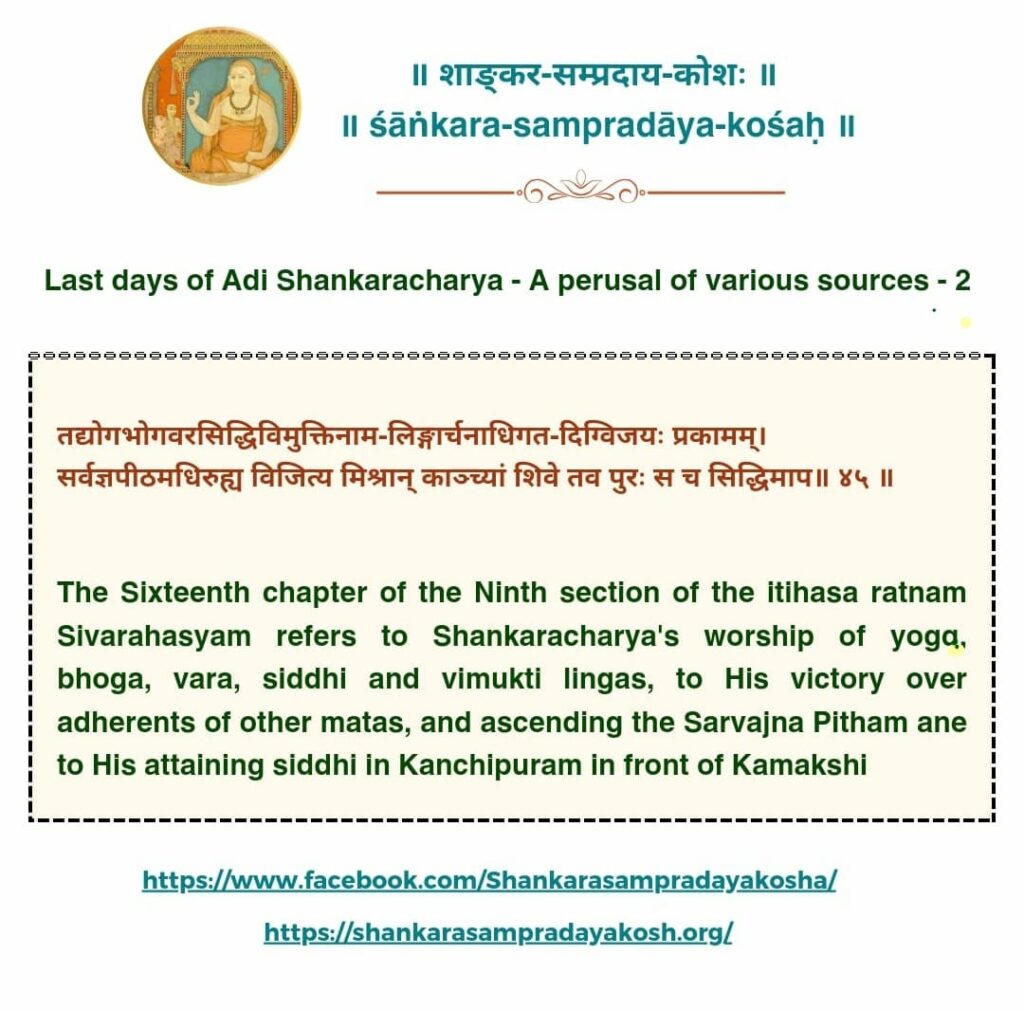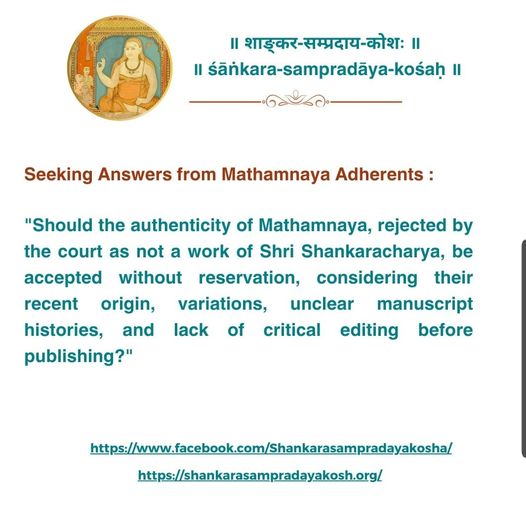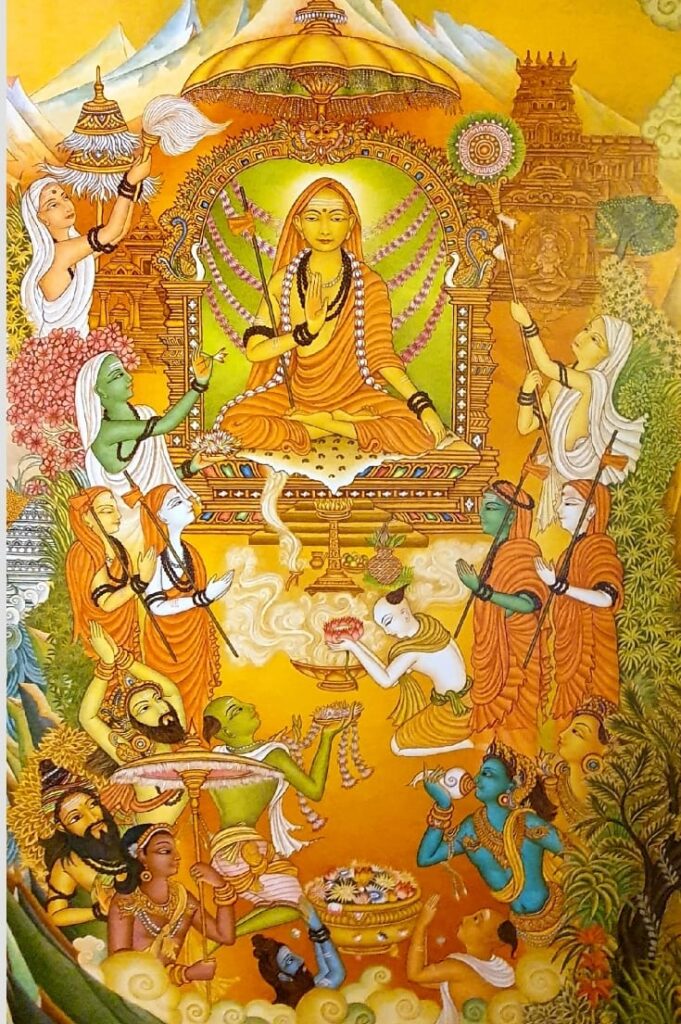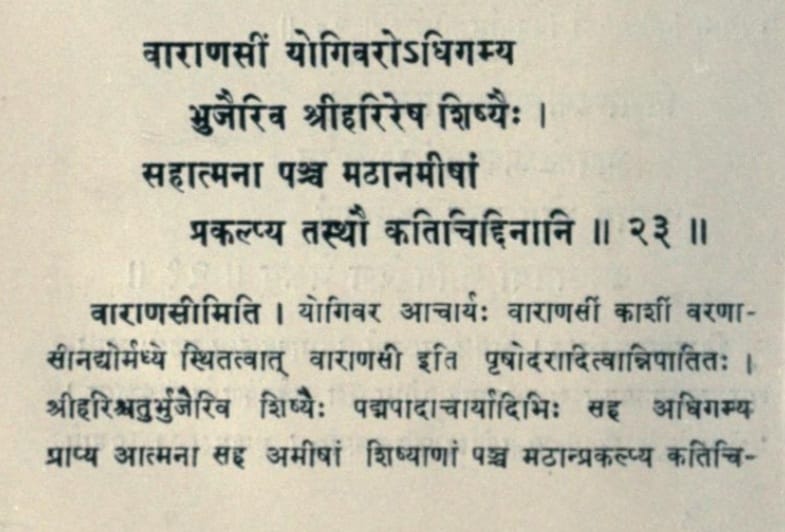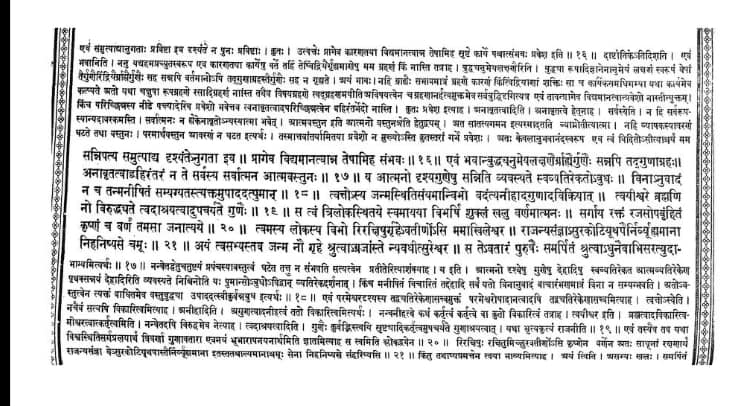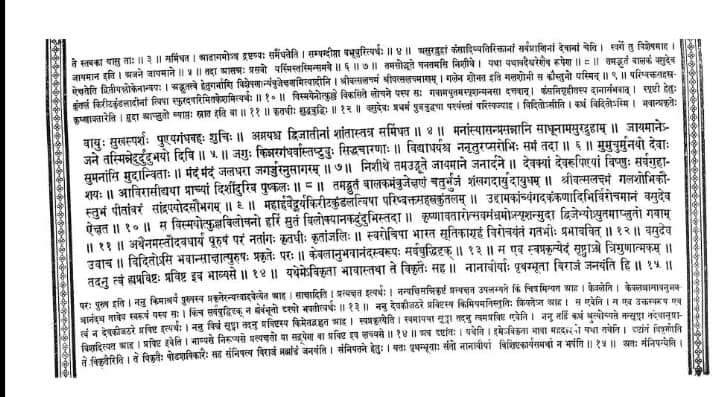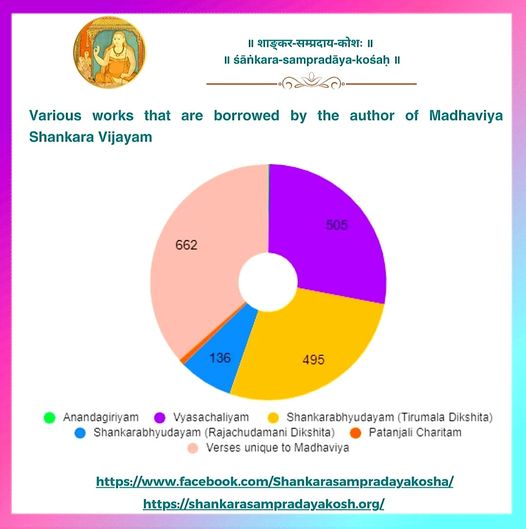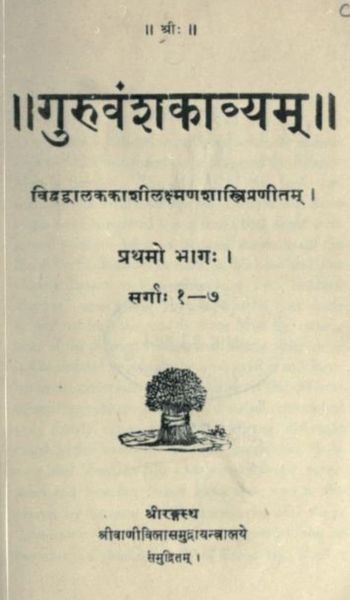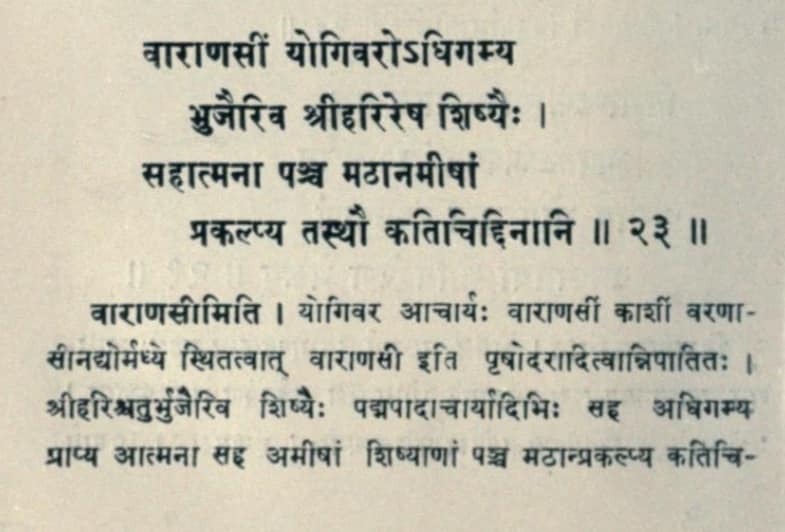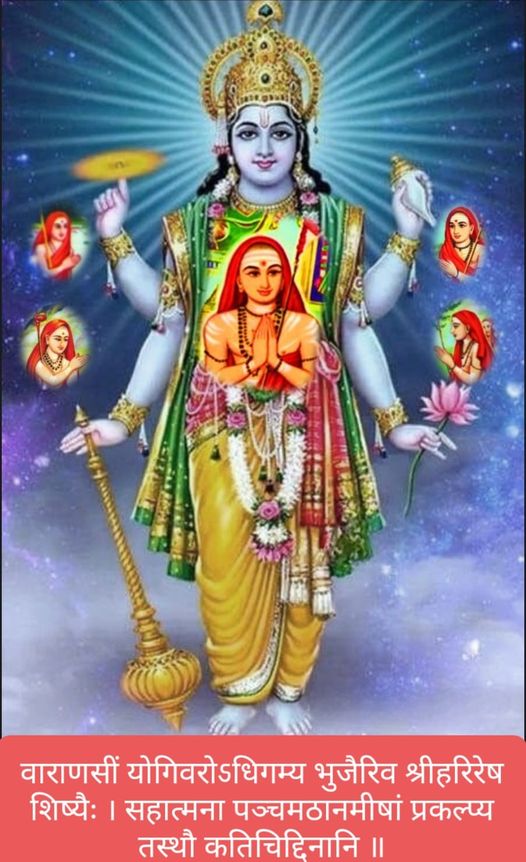Shri Kanchi Kamakoti Matha’s Ancient Legacy Unveiled – Insights from the 1962-63 Survey, Predating the Common Era: 1
In 1962, Dr. R. Subrahmanyam of the Southern Circle of the Archaeological Survey conducted a trial-excavation in the premises of Shri Kanchi Kamakoti Shankaracharya Matha in Kanchipuram, drawing on insights from B.B. Lal, Director General of the Archaeological Survey of India.
This exploration unveiled the ancient roots of Shri Kanchi Kamakoti Peetha tracing back to the pre-Christian era. The excavation yielded pottery and antiquities datable to the early historical period. Though the excavation was limited to a small area it brought to light layers containing megalithic ware, rouletted ware, amphorae, a terracotta mould of punch-marked coins and a few terracotta figurines as well as Satavahana and Pallava coins, including one from Rajaraja Chola I (A.D. 980-1014). This also prompted further investigation into the Matha’s own antiquity.
It is also important to note that no such ASI excavations, similar to those conducted in the premises of Moolamnaya Kanchi matha in Kanchipuram in 1962 and later, have taken place in Tunga or other amnaya mathas which raises questions about their own history and authenticity of their claims against Kanchi matha
